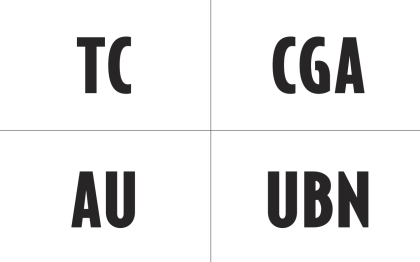Updated 2018 – Spreadsheet that will graph 20 trials, along with the Density of Water
Purpose: Change the density of the film canister so that 97-99% of the canister is suspending under water (very SLOWLY floating from the bottom to the top of the tank).

Materials:
- Film canisters with secure lids – one per student
- small objects of different masses – pebbles, pennies, etc…
- lunch tray to hold materials for each group of students
- deep enough ‘tank’ and a spoon to fish items out
- Triple Beam Balance
- Towels
- Google Sheets: Dunkin’ for Density Spreadsheet 2018
- Google Doc Public Link – Student worksheet and directions
Set up hints – students prep items at their table then come up to the tank. After dunking, dry off with towels (I just drop it onto a thick folded up towel next to the tank). I have a bank of TBBs set up on the side of the classroom – students find the mass on their assigned TBBs then record results. Repeat trials. Towards the end of class, students enter all their data into the spreadsheet then I give them the volume of their film canister. Depending on the type of film canister, the volumes are about 39-41 mL. Confirm with a large graduated cylinder or water displacement tank.

For more details about this activity, please see my original post. If you have used this lesson with your students, please let me know, you can post it on my Twitter feed @MSScienceBlog




















